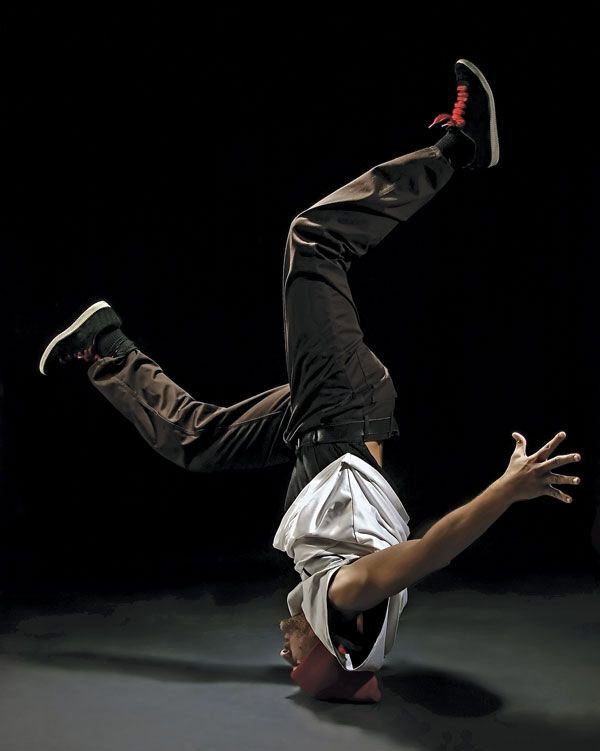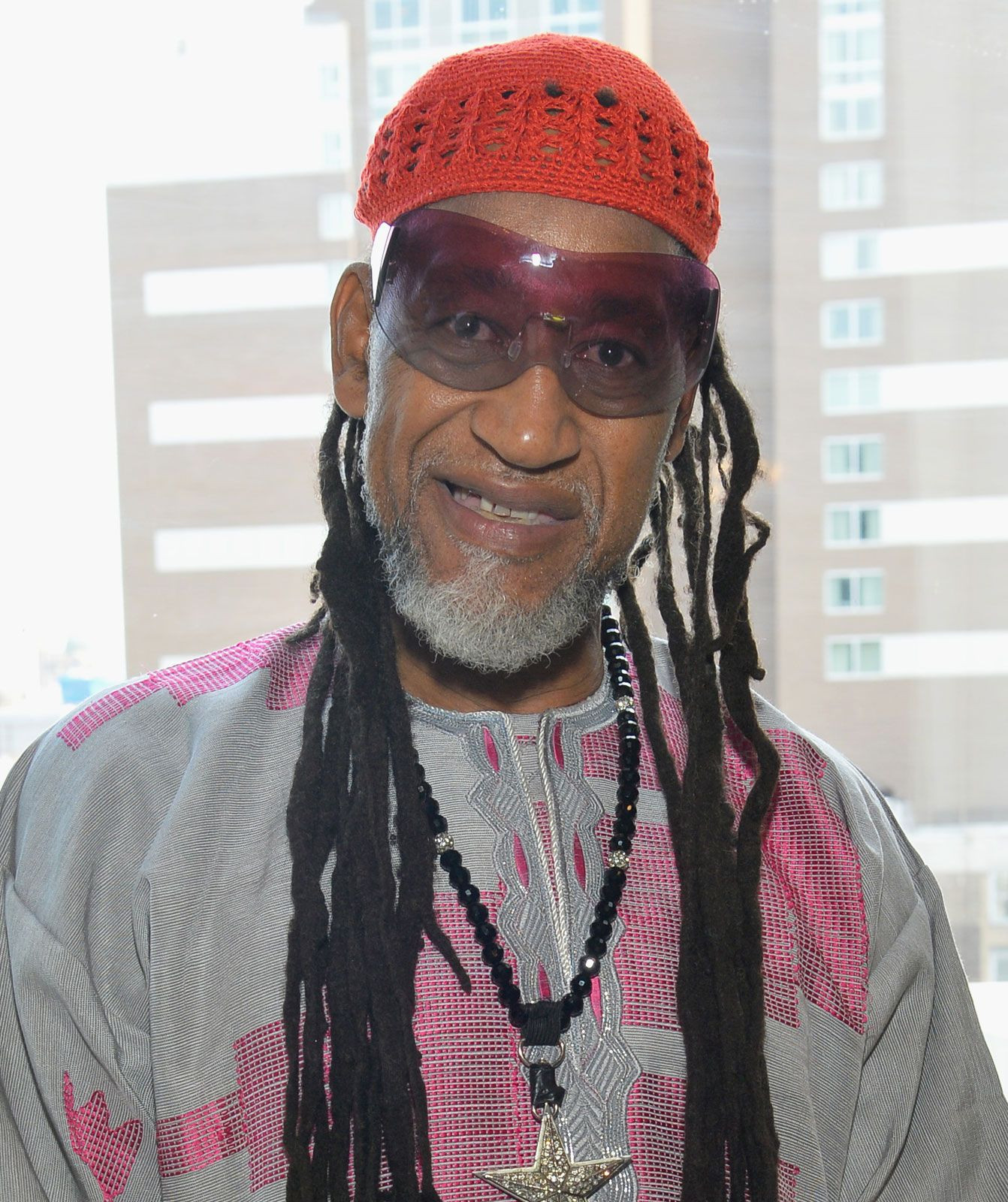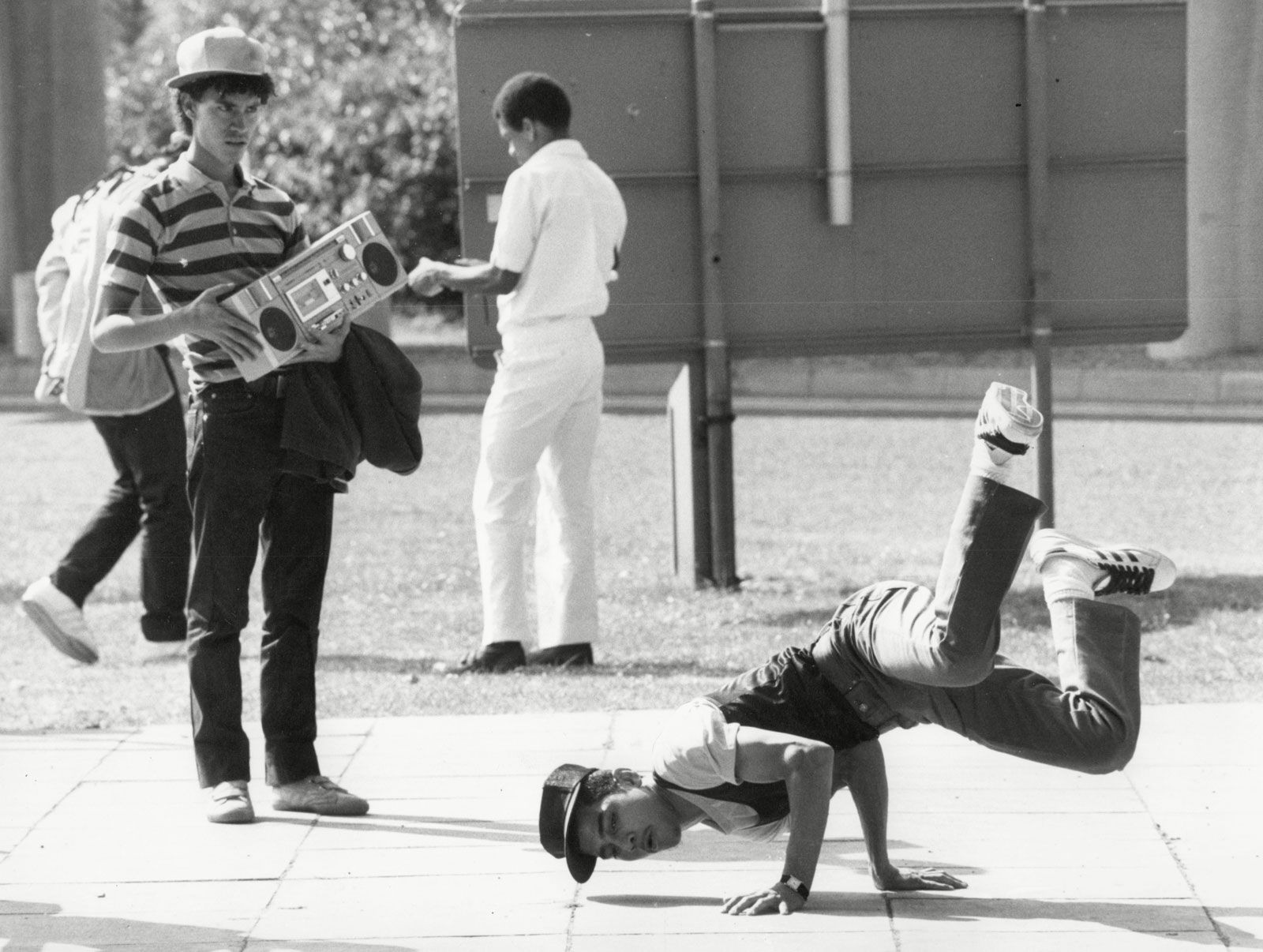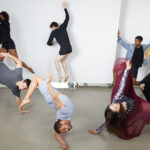Break Dancing, also known as breaking or b-boying/b-girling, is an electrifying and dynamic dance form that originated from the streets of New York City. Rooted in the late 1960s and early 1970s, this dance style is characterized by its improvisational nature and spectacular athletic movements, drawing inspiration from various disciplines including martial arts and gymnastics. It quickly became a powerful form of self-expression and a vibrant element of hip-hop culture.
 A breakdancer in motion, showcasing the dynamic energy of break dancing.
A breakdancer in motion, showcasing the dynamic energy of break dancing.
The Birth of Breaking: From the Bronx to the World
The genesis of break dancing is intrinsically linked to the innovative DJing techniques of DJ Kool Herc. Recognizing the crowd’s excitement during the instrumental breaks in funk and soul records, Herc extended these “breaks” by using two turntables to loop them continuously. These extended rhythmic sections became the signal for dancers to showcase their moves. Herc himself would famously shout, “B-boys go down!” cueing the dancers, who were predominantly young African American and Latino men, to take the floor. These dancers became known as “b-boys” and “b-girls,” and their dance, initially called “breaking,” was born.
 DJ Kool Herc, the pioneer of breakbeats and a founding father of hip hop.
DJ Kool Herc, the pioneer of breakbeats and a founding father of hip hop.
Defining Elements: Moves and Style
Break dancing is renowned for its diverse range of movements categorized into four foundational elements: toprock, downrock, power moves, and freezes. Toprock refers to upright movements, typically serving as an opening display of style. Downrock involves footwork performed on the floor, utilizing hands and feet for intricate steps and transitions. Power moves are the most acrobatic aspects, featuring spins, windmills, and head spins demanding strength and momentum. Freezes are stylish poses held in place, often concluding a sequence with a dramatic flourish.
Beyond specific moves, break dancing is characterized by improvisation, creativity, and a competitive yet communal spirit. Dancers often engage in “battles,” showcasing their skills in cyphers, circles where dancers take turns performing. The style is also visually defined by its fashion, commonly including baggy clothing for ease of movement, sneakers, and hats, reflecting its street culture origins.
From Street Phenomenon to Global Stage and Olympic Sport
In the 1980s, break dancing surged into mainstream consciousness, propelled by media attention and the incorporation of breaking elements into popular music and film. Artists like Michael Jackson popularized moves like the moonwalk, further amplifying its appeal. Although the term “break dancing” was largely coined by the media, sometimes inaccurately encompassing related dance styles like popping and locking from the West Coast, it stuck and helped solidify its place in popular culture.
 Break dancers performing in London in 1983, showcasing the global spread of break dancing culture.
Break dancers performing in London in 1983, showcasing the global spread of break dancing culture.
Break dancing’s influence extended far beyond the streets, permeating modern dance, music videos, and live performances by major artists. Its global reach and cultural significance culminated in a historic moment in 2020 when the International Olympic Committee announced breaking as an official sport for the 2024 Paris Olympics. This milestone recognizes break dancing’s athleticism, artistry, and its journey from a grassroots movement to a respected global discipline.
In conclusion, break dancing stands as a testament to the power of cultural innovation emerging from urban communities. From its humble beginnings at Bronx block parties to its current status as an Olympic sport, break dancing continues to evolve, inspire, and captivate audiences worldwide, embodying energy, creativity, and the spirit of hip-hop culture.

